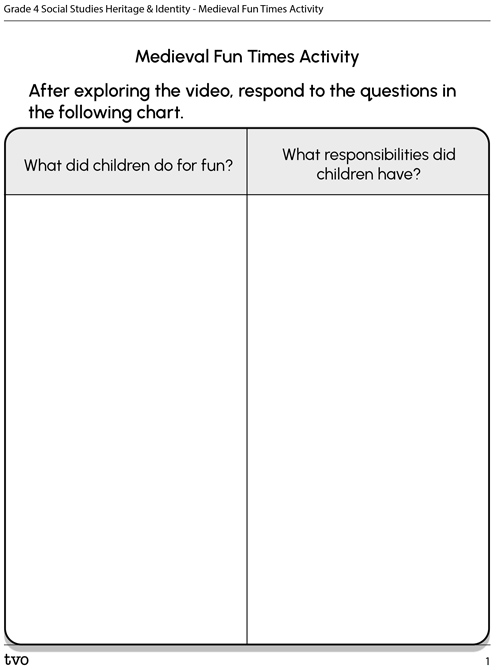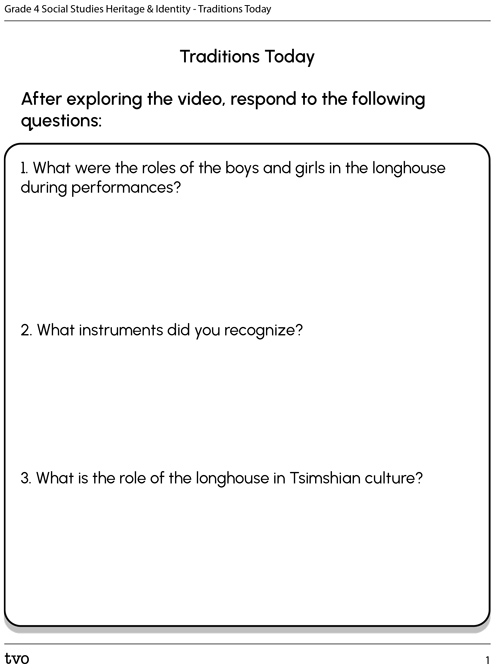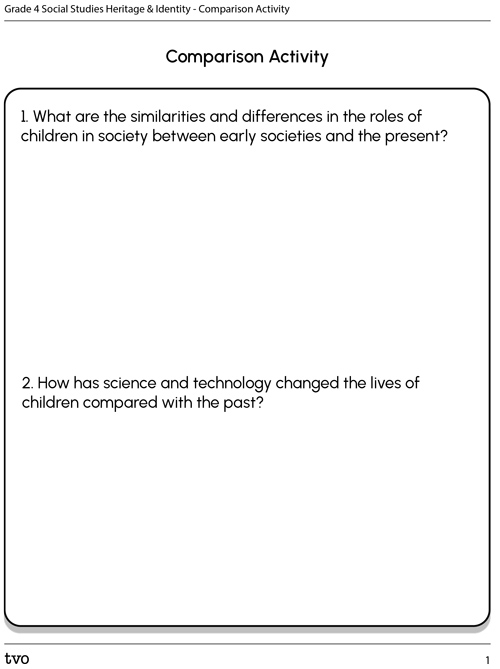Minds On
Early societies
Check out one of the following videos:
Explore the video Raven’s Quest–Myles to learn more about Myles. Myles shares about his Ojibwe culture and his life living in Brandon, Manitoba.
Access the video Raven’s Quest–Cameron to learn more about Cameron. Cameron shares about his Mohawk culture and his life living in Six Nations of the Grand River Territory, a First Nations community outside of Brantford, Ontario.
Both Myles and Cameron shares their interests, home activities, school activities, and how they honour their distinct cultures. But they have very different daily lives.
Every child has a different role at school, with their friends, and at home.
Brainstorm
Let’s think!

Think about your day-to-day life.
- What are you responsible for?
- What do you have to do and what do you choose to do?
Now, consider either Myles or Cameron from the videos you explored.
- What are parts of their daily life?
Complete the My Daily Life activity in your notebook, in the following fillable and printable document, or in a method of your choice.
| My Daily Life | Myles or Cameron's Daily Life |
|---|---|
Press the ‘Activity’ button to access My Daily Life.
Action
Children of early societies
Children’s lives in early societies share both similarities and differences with children today.
Children were expected to contribute to the well-being of their household by completing chores, which is like children today. Many enjoyed playing with their toys and various games.

Toys and games
Let’s explore some of the toys children from early societies played with. Take note of the toys that are still enjoyed by children today.
Press the following tabs to access the various toys children played with from early societies.
Are they similar to modern-day toys?
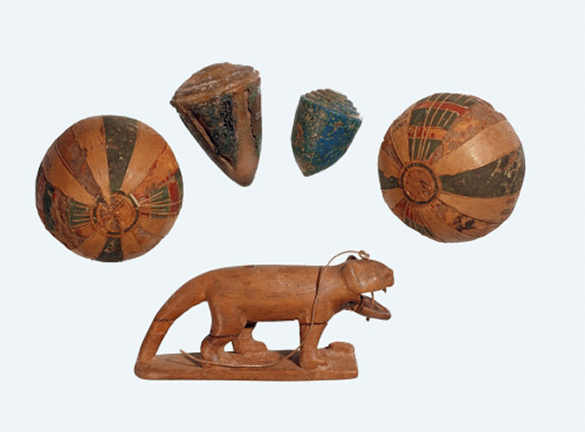
In Incan civilization, toys included dice and dolls.
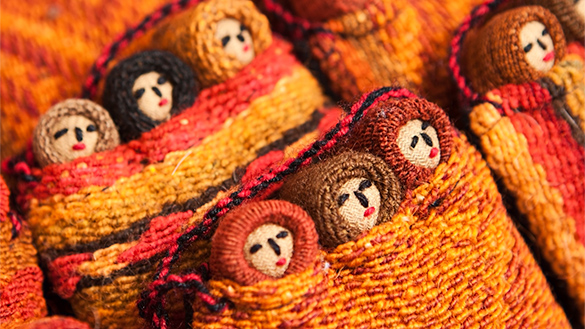
In ancient China, children enjoyed puppet shows. The puppets were controlled using sticks.
Check out a modern-day Chinese stick puppet:
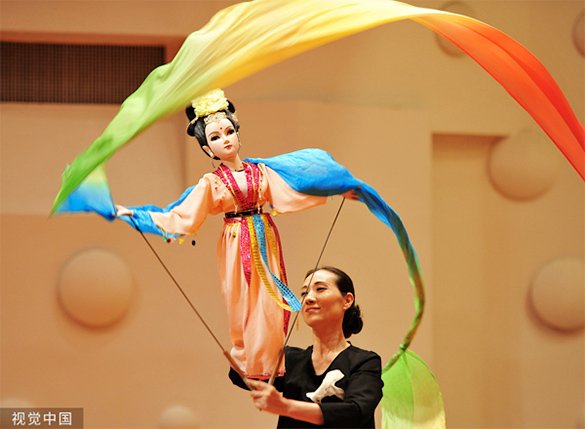
Brainstorm
Similarities and differences

After exploring the various toys and games, reflect on the following questions:
1. What are the similarities and differences between children’s toys, games, and entertainment from early societies and the present?
Press ‘Hint’ to access an additional prompt to help guide your thinking.
Similarities: Do young children still play with physical toys?
Difference: How has technology changed the games children play today compared to in early societies?
2. Which toys and games from the distant past can you make a connection to?
Press ‘Hint’ to access additional prompts to help guide your thinking.
Complete the Similarities and Differences activity in your notebook, in the following fillable and printable document, or in a method of your choice.
Responsibilities
In many early societies, children had responsibilities and performed chores. They were required to learn skills from their parents and were important to the survival of the family.
Medieval England

During the medieval period in England (the fifth century to the end of the fifteenth century), children used to played with a variety of toys and games. Popular games included shuttlecocks (an early form of badminton), flying kites, and bobbing for apples.
Children also had many chores and had to help their parents prepare food, look after their siblings, tend to animals, and farm.
If their parents were artisans (specialized in a skill such as carpentry, stone masonry, or other trades), the children may have learned the skill from a young age and contributed to their parents’ business.
Fun times!
Explore this video entitled “Medieval Day” to learn more about children’s life in Medieval England.
After exploring the video, respond to the following questions:
- What did children do for fun in Medieval England?
- What responsibilities did children have?
Complete the Medieval Fun Times Activity in your notebook, in the following fillable and printable document, or in a method of your choice.
Tsimshian
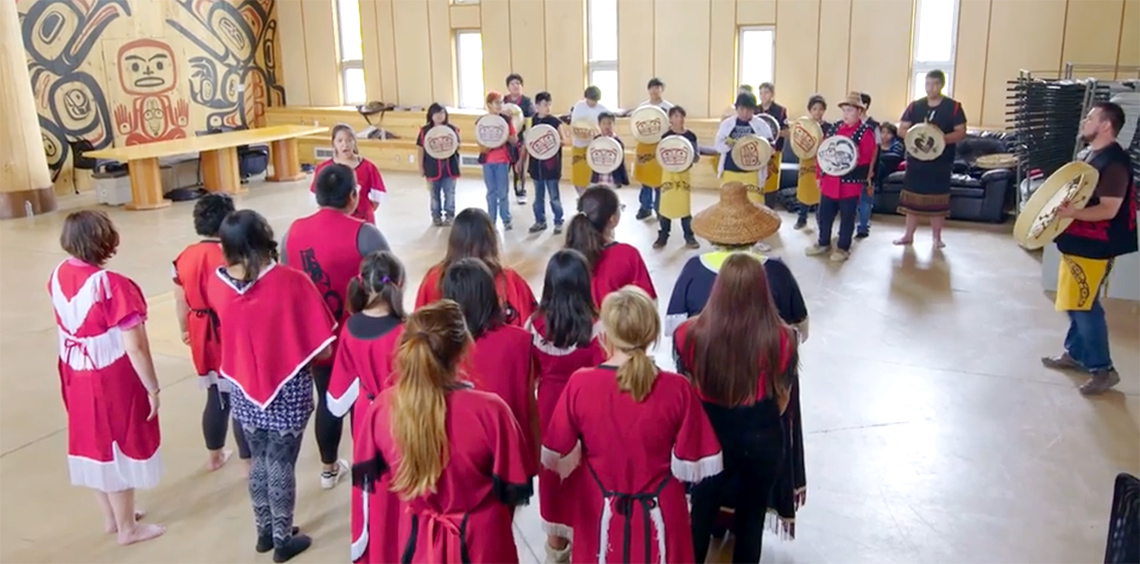
Tsimshian, also spelled Ts'msyen, are Indigenous Peoples from the Pacific Northwest Coast. Their traditional territory is found in Terrace and Prince Rupert, British Columbia and into southern Alaska.
The Tsimshian communities still carry on many of their traditions today.
For this learning activity, we will be focusing on early Tsimshian communities.
Tsimshian communities were matrilineal.
Matrilineal means that each member’s lineage is passed down through their mother.
They also had a clan system that outlined each community member’s roles and responsibilities.
Children in Tsimshian communities were responsible for helping their parents with their responsibilities within the community, and also learning and participating in their cultural teachings and practices within the longhouse.
Learning was done by watching and performing tasks given to them by their parents and community members. They also received teachings from their elders.
Additionally, children were taught traditional music and dances specific to their nation and clan.
Some of the roles for boys included:
- Catching fish
- Learning how to hunt
- Learning how to build and carve from their fathers
Some of the roles of girls included:
- Helping their mothers dig for clams and shellfish
- Planting and harvesting fruit and vegetables
- Making preserves, clothing, and baskets
- Taking care of their siblings
Both men and women's roles were important as they were equally important to the success of the community.
Roles and responsibilities today
Explore this video from Raven’s Quest–Drakon to learn more about Drakon, his Tsimshian heritage in British Columbia, and how early Tsimshian traditions continue today.
After exploring the video, respond to the following questions:
- What were the roles of children that Drakon shared?
- What instruments did you recognize?
- In what ways is the longhouse important to the Tsimshian people?
Complete the Traditions Today activity in your notebook, in the following fillable and printable document, or in a method of your choice.
Learning check!
Determine whether each activity is a responsibility or a leisure activity.
For each sentence, select the missing word.
Let’s compare!
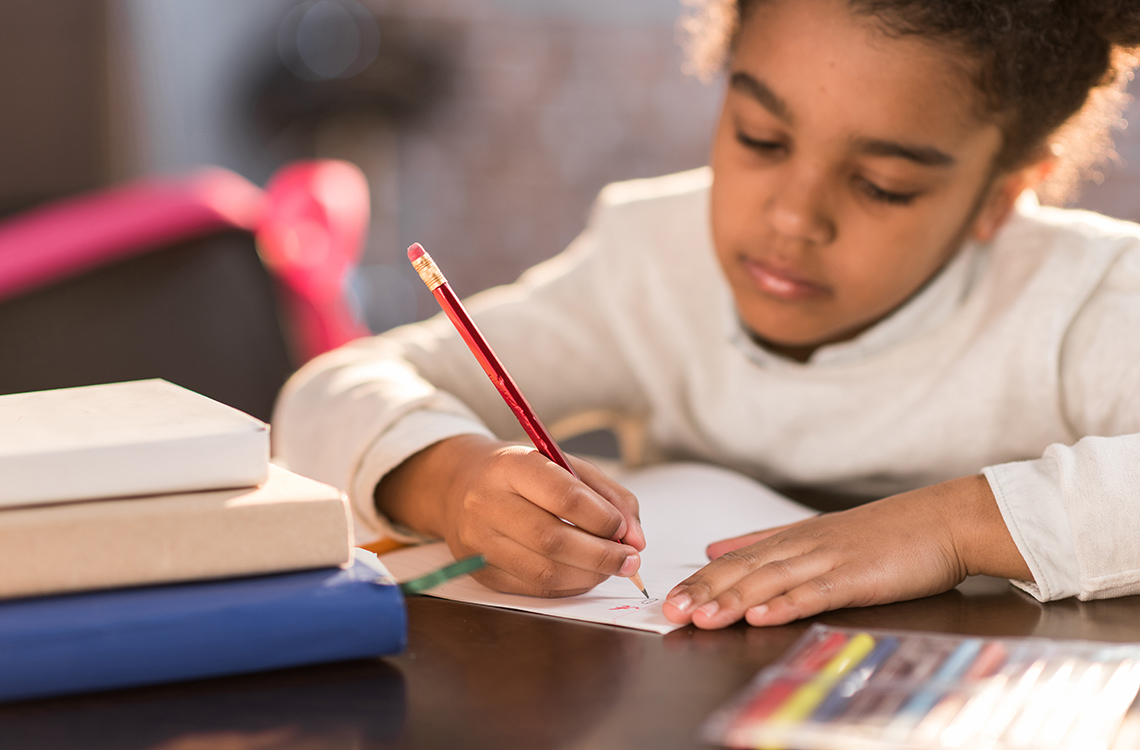
Now let's compare the present and the past with the following questions:
- What are the similarities and differences in the roles of children in society between early societies and the present?
Press ‘Hint’ to access additional prompts to help guide your thinking.
Similarities: Do children still perform chores?
Difference: Has the role of science and technology made for more play time for children compared to the past?
- How has science and technology changed the lives of children compared to the past?
Press ‘Hint’ to access an additional prompt to help guide your thinking.
Complete the Comparison Activity in your notebook, in the following fillable and printable document, or in a method of your choice.
Consolidation
Inuit: Past and present
The roles, responsibilities and activities that are described in this section continue to be practiced by Inuit communities today.
Like the experiences of First Nations communities, like the Tsimshian you learned about previously, the Inuit were also impacted by colonization and colonial policies. For this learning activity, we will be discussing Inuit societies prior to contact with Europeans.

The Inuit are Indigenous Peoples from the Arctic and northern regions of Canada, Alaska, Russia, and Greenland. In Canada, the Inuit homeland, Inuit Nunangat, encompasses Nunavut, Inuvialuit (the Northwest Territories and the Yukon), Nunavik (Northern Quebec), and Nunatsiavut (Newfoundland and Labrador).
Children
Inuit children traditionally had roles and responsibilities that were taught to them by their family members. Some of their duties included helping to prepare food, sewing, looking after siblings, and learning the skills of hunting, fishing throughout the year or gathering in the warmer months. Popular Inuit games included the blanket toss, kneel jump, and leg wrestling.
Throat singing was popular throughout Inuit communities. Known as katajjaq in some regions, throat singing involved two people facing each other arm-in-arm, while making throat or guttural sounds.
Throat singing is a game that was performed by girls and women. Whoever could go the longest without stopping to take a breath or laughing won the game.
Explore the following image of young Inuit throat singers at an event continuing the traditions of their families and ancestors.
Throat singing was mostly performed by girls and women and is in fact a game. Whoever could go the longest without stopping to take a breath or laughing won.
Check out the following image of a dynamic duo throat singing at an event.
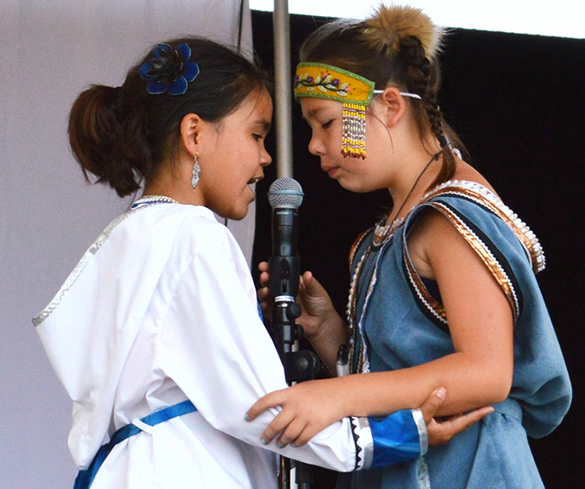
Education
Education in Inuit communities was based on the child’s skills and interests. Traditional teachers such as Elders and Knowledge Keepers understood that children learn at different paces and levels, and that every child is unique.
Important ideas that were taught to children were:
- respect all living things
- work towards the common good
- prepare for the future
- find balance and harmony in everyday life

Self-reliance was very important in learning. The idea was that everyone had a special gift or a special skill that must be developed to share with and benefit the community.
Similar experiences
Answer the following questions in a method of your choice:
- What is one similarity between early Inuit children and another society you learned about in the previous Action section?
- What is one activity that Inuit children experience that is new to you?
Early societies and today
Let’s analyse the role of children in early Inuit, Tsimshian, and Medieval England societies.
First, consider and compare the responsibilities, style of education, and fun activities in the daily lives of children.
Then, explain the similarities and differences between children in one of these societies and your experience today.
| Early Inuit | Early Tsimshian | Medieval | |
|---|---|---|---|
| Responsibilities / Chores | |||
| Education | |||
| Fun and enjoyment |
Complete Early Societies and Today in your notebook or using the following fillable and printable document.
Press the ‘Activity’ button to access Early Societies and Today.
Reflection
As you read through these descriptions, which sentence best describes how you are feeling about your understanding of this learning activity? Press the button that is beside this sentence.
I feel...
Now, record your ideas using a voice recorder, speech-to-text, or writing tool.

